Drought preparation and response
B.C. is working to keep people and communities safe through drought now, and in the years to come.

On this page
About drought in B.C.
B.C. continues to get less rain and snow than usual and that’s having a lasting impact on water levels. We experienced severe drought the last two years and remain at risk this year. Everyone is encouraged to help save water. Small changes make a big difference when we do them together.
What is drought
Drought is a long period with below normal rain or snow that may result in a water shortage. It can affect the water we need to drink, grow our food, and keep our fish, animals and environment healthy.
Drought monitoring
Regional drought conditions are measured using a 0 to 5 scale, with 5 the most severe. Drought levels tell us how dry it is. They do not tell us about water supply, which can be impacted by drought and human activity.
Drought level map (May-November)
Snow level map (January-June)
Local drought hazard
Communities within a region can be impacted by drought differently depending on their water supply and demand. A community with a low drought level could still face restrictions if water supply is low.
Drought Information Portal
The drought information portal is updated every Thursday during drought season. It tells us how dry the climate is in each geographic region. It does not tell us about water supply. Within a region, each community’s water supply can be impacted differently depending on how resilient to drought they are and how much water they use. By working together to save water, we can reduce the impacts of drought.
- Read the weekly drought monitoring summary
- View the interactive map below or visit the full site for detailed information
Preparing for drought
We’re helping everyone get prepared for drought now, so we can respond early, recover faster, and be more ready for the future.
What you can do
You can help by making small changes to use less water at home. If you’re able, you can also plant drought resistant yards, invest in water efficient taps, toilets and washers, or collect rainwater – many communities offer rebates.
Farmers and food producers
We’re helping farmers build better infrastructure to store water on farms for food and animals, making crops more climate hardy and water efficient, and providing financial supports and resources when they need them.
Communities and First Nations
We’re making sure people have the water they need by building better infrastructure to manage water levels in lakes and rivers, improving drinking water systems, and keeping animals, fish and watersheds healthy.

Saving water during drought
Water is crucial to us all. That is why responding to drought is a shared responsibility. If there are water shortages, restrictions may be needed to make sure everyone has access to the water they need. Many farmers and industry are already taking action to use less water.
Voluntary water conservation
If action is needed, our first step is to encourage everyone to help save water voluntarily. Because small changes make a big difference when we do them together – and it could prevent the need for water restrictions.
Local water restrictions
Your local government or First Nation may issue local water restrictions if further action is needed to manage water supply and demand in your community. This could limit or restrict when you can water lawns, wash cars or use washers.
Temporary Protection Orders
Water users may be legally required to reduce or stop water use. This is as a last resort if voluntary efforts aren’t enough to restore water flows and protect at-risk fish and watersheds from long-lasting, irreversible harm.
What you can do
Everyone can help save water at home, outside, and at work. Small changes make a big difference when we do them together. In times of water shortages, follow local water restrictions.
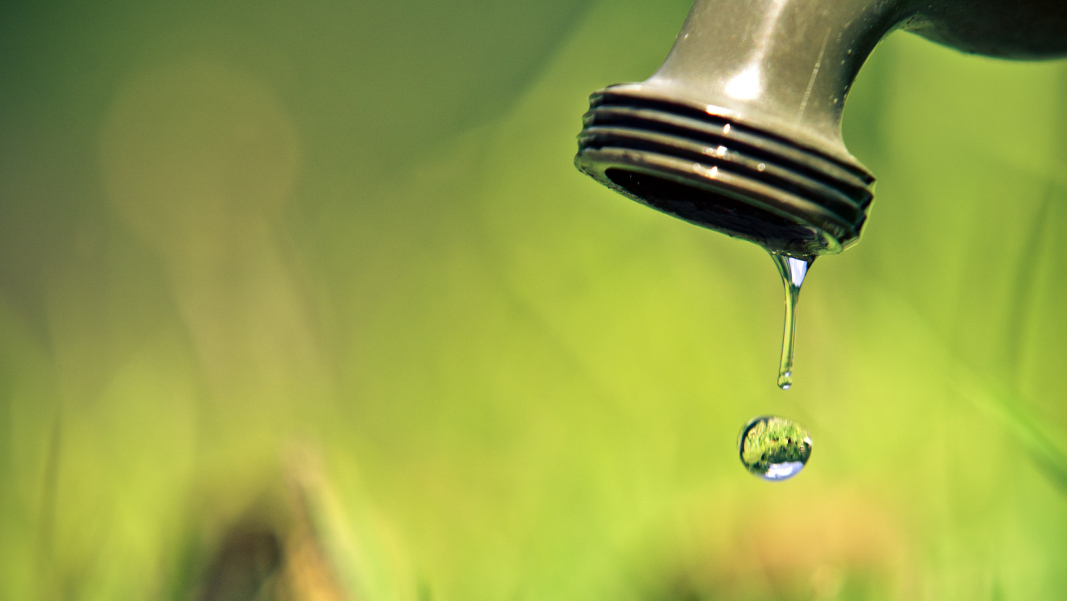
Indoor water saving tips
- Take shorter showers (5 minutes or less) – shortening by one minute saves up to 2,700 litres a year
- Turn off the tap when brushing or shaving – save up to 8,300 litres a year
- Fix leaky toilets – save up to 350,000 litres per year
- Skip the car wash – save up to 260 litres per vehicle
- Run full loads of laundry – save up to 200 litres per load
- Fill the sink if washing by hand
- Keep a jug of cool water in the fridge instead of running the tap
Outdoor water saving tips
- Follow local water restrictions or water use rules – many regions already have outdoor watering restrictions
- If allowed, water your lawn only once a week – save 37,600 litres a month
- Lawns only need 1 inch of water per week
- Water in the morning or evening to reduce evaporation
- Collect rainwater or reuse grey water for outdoor plant use
- Plant drought tolerant yards and gardens
- Clean outside with a broom instead of a hose
- Check all plumbing and hoses for leaks
- Use a water-saving pool filter
Business and industry water saving tips
- Follow:
- Review essential water use
- Reduce non-essential water use
- Maximize water system efficiency
- Recycle water used in industrial operations
- Use water efficient methods and equipment
- Check all plumbing for leaks
- Maintain landscaping with gray water
- Install a water recirculating system
- Conduct a water audit
- Monitor water usage
- Implement water saving policies
- Install low flow devices
- Upgrade to water conserving fixtures for industrial use
- Replace high-volume hoses with high-pressure, low-volume cleaning systems
- Encourage employees to adopt water-saving behaviours
To ask questions and get more information on water licenses or temporary protection orders, contact the FrontCounter BC office in your region.
Rebates and incentives
Many communities offer rebates or incentives to help people save money and use less water. If you’re able, switch to water efficient taps, toilets and washers; installing rain barrels; and improve irrigation, soil or drought-resistant landscaping. Check with your community for details or review the list of rebates below.
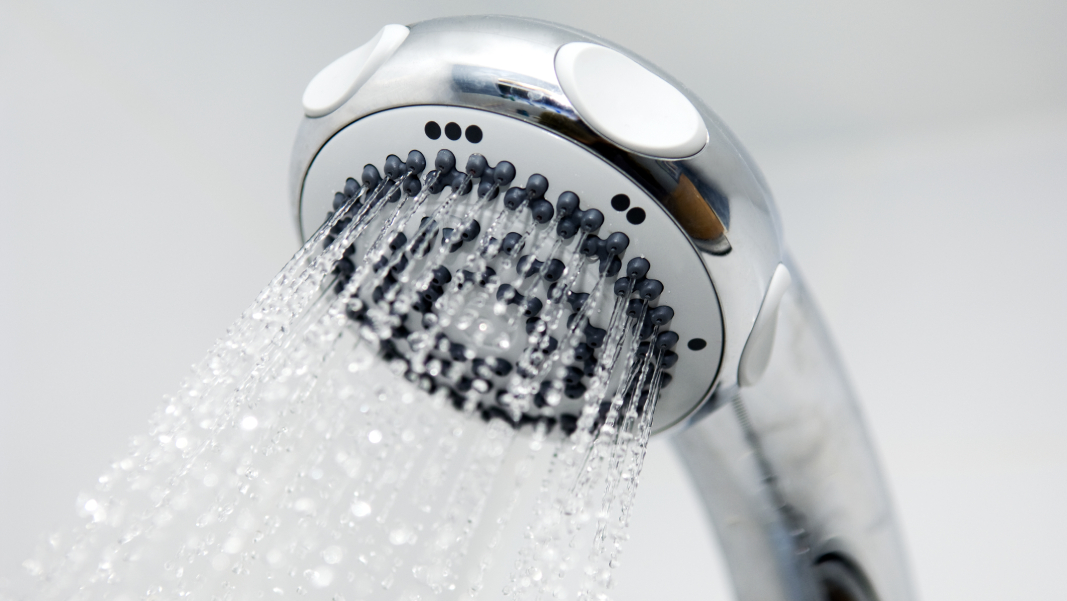
Provincewide
- BC Hydro provides Energy Saving Kits (which include water saving aerators) and Free Portable Air Conditioners for income qualified households
- BC Hydro also provides Heat Pump Water Heater Rebates for eligible homes
Lower Mainland and Fraser Valley
Abbotsford and Mission
- Abbotsford and Mission residents can get a free Irrigation and Landscape Assessment
City of Chilliwack
- City of Chilliwack offers several incentives to residents, including the Ugliest Lawn Contest, low-flow toilet rebates, rain barrel rebates, and subsidized outdoor water conservation kits
City of Coquitlam
- The City of Coquitlam offer low-cost sales of water wise tools such as rain barrels and electric water timers and a rebate tax credit program for upgrading toilets
Delta
- Delta single-family homeowners can sign up for the Voluntary Water Meter Program that promotes a user-pay system, as opposed to a flat rate fee, which encourages conservation
City of Port Coquitlam
- The City of Port Coquitlam is offering incentives to residents who let their lawn go gold. Rewards are available for the golden street and three golden lawns
Maple Ridge
- Maple Ridge homeowners can receive a tax credit for switching to more water-efficient toilets
Richmond
- Richmond homeowners can receive a utility rebate for installing a low-flush toilet
Northern B.C.
Mackenzie
- Mackenzie residents can receive rebates for upgrading toilets, washing machines and dishwashers to be low-flow and more efficient
Prince George
- Prince George residents can sign up for the Voluntary Residential Water Meter Program that allows residents to accurately track water use, conservate water and save money by only paying for what you use
Williams Lake
- Williams Lake offers appliance rebates for upgrading toilets, washing machines, and dishwashers to be low-flow and more efficient
Okanagan Basin Water Board
Thompson Okanagan
Kelowna
- The City of Kelowna Smart Water Program offers rebates for people living in single-family dwellings and strata complexes for updating irrigated landscape areas on water use efficiency
Peachland
- The Peachland Green Credits Policy provides water consumption costs credits for irrigation water food producers with properties between one-half and two acres in size
Vancouver Island and Sunshine Coast
Comox Valley Regional District
- The Comox Valley Regional District Water Conservation Rebates are available for use water from the Comox Valley Water System more efficiently through irrigation or soil
Regional District of Nanaimo
- The Regional District of Nanaimo Water Conservation rebates offers rebates and incentives for irrigation upgrades, rainwater harvesting, wellhead upgrades, well water testing and septic upgrades
Sunshine Coast Regional District
- The Sunshine Coast Regional District Rainwater Harvesting Rebate Program offers rebates for installing rainwater storage systems to capture and use water for outdoor water use
City of Campbell River
- The City of Campell River Water Conservation Rebate Initiative offers rebates for upgrading toilets, washing machines, and dishwashers to be low-flow and more efficient
City of Victoria
- The City of Victoria offers Rainwater Rewards credits and rebates for people to efficiently manage rainwater on their property
Capital Regional District
- The Capital Regional District industrial commercial institutional water efficiency programs offers rebates for businesses to install once-through cooled equipment (air conditioners, refrigerators, coolers, and ice machines, free aerators on all hand wash sinks, free water-use and efficiency audits
Galiano Island
- The Galiano Conservancy Association Water Conservation Rebate Program offers residents rebates on water metres and rainwater barrels
Town of Ladysmith
- The Town of Ladysmith offers rebates for residents purchasing rain barrels
Impact to people and environment
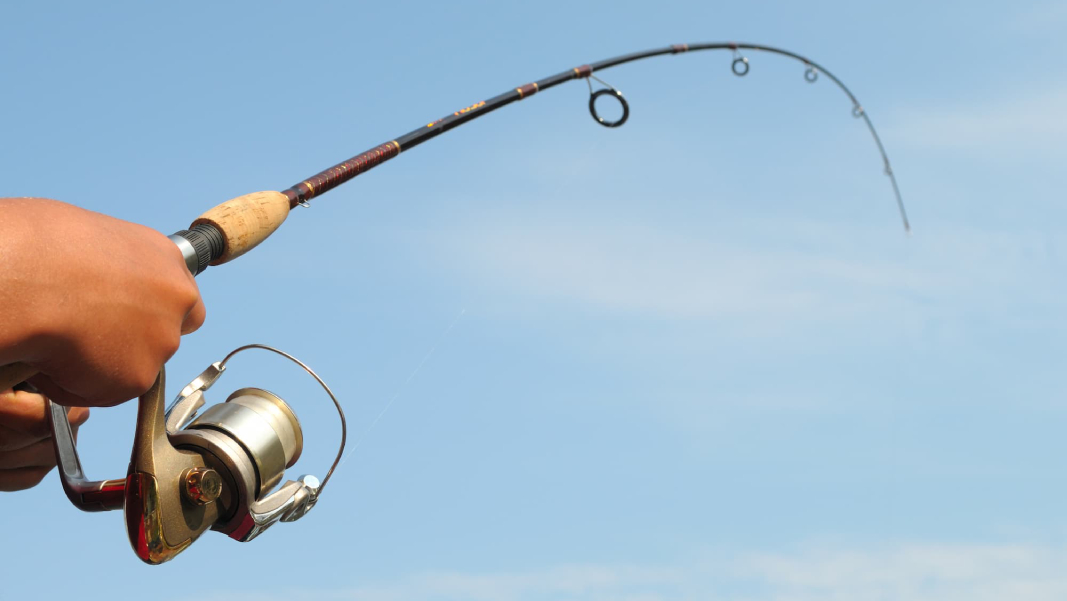
Fish and angling limits
- Drought can cause low stream flows and warm water conditions. This makes fish, especially cold-water species like trout, salmon and steelhead, more vulnerable to low oxygen levels and disease
- Fish are critical to keeping our environment healthy. Fish also hold important cultural value for many Indigenous peoples and contribute to food security for many communities
- During drought, actions may be taken to protect vulnerable fish and watersheds from long-lasting harm that could take generations to recover, including:
- Temporary Protection Orders to reduce or stop non-domestic water use
- Angling limits may restrict recreational fishing in some areas as conditions make it harder for released fish to recover
Bears in urban areas
- Due to the impacts of drought, bears may enter urban areas in search of food. Often, that new food source is garbage or birdfeeders. Discourage bears by cleaning up, storing, and securing your garbage. For more bear safety tips, visit WildSafeBC.com
- If you encounter a bear in an urban area, give it space. If a bear displays aggressive or confrontational behaviour, contact the Conservation Officer Service at 1-877-952-7277
Urban trees
- Trees near sidewalks and on public spaces or boulevards are important to the health of cities. They provide shade and cooling during extreme heat
- Communities will continue watering urban trees. Consider helping by using recycled water to water a tree near your home or business. To report a tree in distress – one that has leaves that are light-coloured, small, or are hanging down unusually – please contact your local government or First Nations
Wildfires
- Drought conditions increase the risk of wildfires. It's easier for lightning and strong winds to start wildfires. Hot and dry weather allows fire to spread faster and burn longer
- Be fire smart and do your part to prevent wildfires. Follow all fire bans and restrictions
- Wildfire crews can continue using water to fight fires if water restrictions are in place
Food security
- Drought can reduce crop growth and quality, leading to smaller harvests
- That is why we’re helping farmers and food producers prepare for drought by building more water storage on farms, planting more drought resistant and water efficient crops, and providing support and resources
Drinking water
- Drought can impact water supply, affect water quality and reduce water pressure
- If drought threatens a community’s water supply, emergency supplies will be provided to protect public health and safety
Resources for farmers and food producers
We recognize the challenges and stress drought puts on farmers and our overall food security. That’s why we’re helping farmers every step of the way.
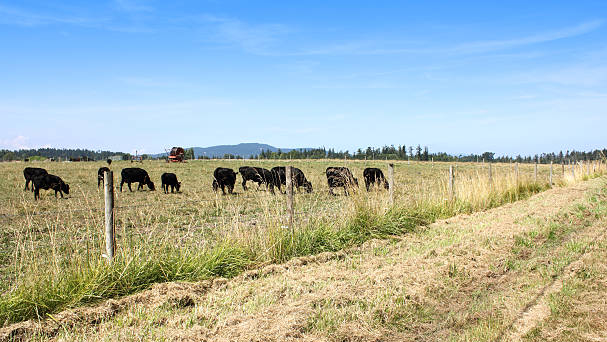
Drought resources and financial supports
- Many resources and supports are available to farmers and food producers experiencing drought, including:
- Insurance and financial assistance to recover losses
- Health and wellness resources to help reduce stress and improve well-being
- Guides for managing crops and livestock during drought
- Drought Information Portal shows the drought level classification in B.C.’s 34 water basins. Local conditions within each basin may vary depending on water storage, supply and demand.
- Agriculture Water Calculator helps farmers estimate the annual irrigation or livestock water requirements for a farm or ranch.
- 2024 Quick Guide to Drought Resources (PDF)
Drought and water management workshops
- Online and in-person workshops and on-farm demonstrations are being held across the province to help farmers and food producers prepare for drought. Learn about new ways to save water and how to access supports and resources
- Find a session near you or watch a recording
Access to Feed program
- The program supports farmers and ranchers experiencing drought and feed shortages by matching producers to available feed supplies.
- Contact the BC Cattlemen’s Association for more info
Investment Agriculture Foundation of B.C.
- IAF delivers a variety of funding programs supporting BC’s agriculture and agrifood sector.
- Find out how to apply
Agriculture Water Infrastructure Program
- Farmers and food producers can apply for infrastructure funding to better manage, collect, transport and store water for agriculture and irrigation purposes
- Find out how to apply
Agriculture and seafood programs
- Agriculture and seafood producers and processors can access programs and funding to support their businesses.
- Find out how to apply
Get support
- Industry experts are ready to help farmers and food producers who need support
- Contact your local industry association or
- Call the AgriService BC line Monday to Friday between 8:30 am – 4:30 pm at 1-888-221-7141
Resources for communities
We work with local governments and First Nations year-round to prepare for drought and make sure communities have the water they need.
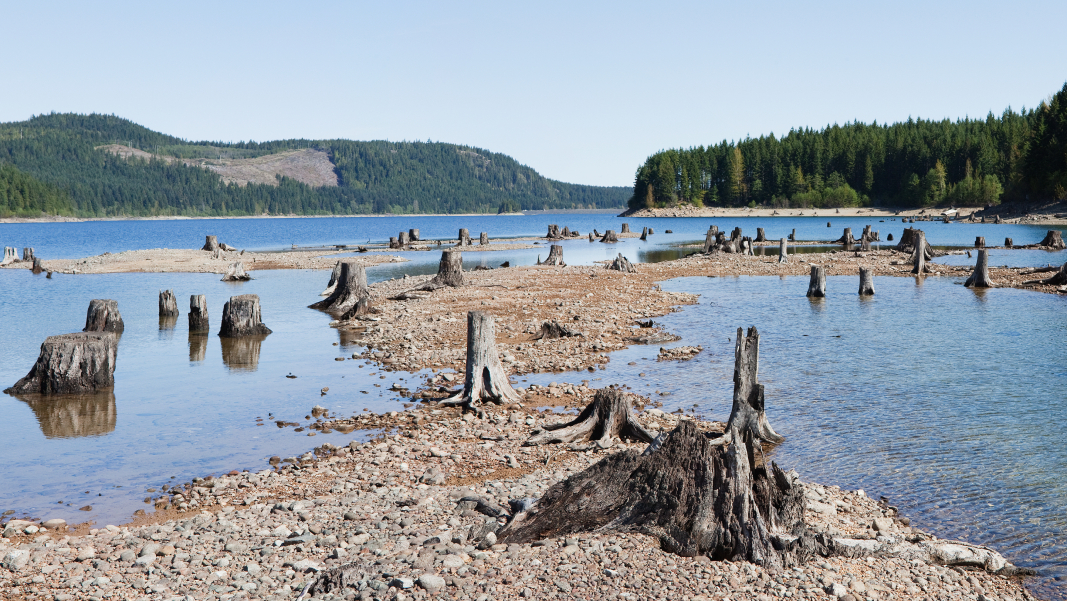
Community preparedness
- Drought Information Portal shows the drought level classification in B.C.’s 34 water basins. Local conditions within each basin may vary depending on water storage, supply and demand.
- Water Conservation Calculator helps local governments and First Nations understand how specific conservation measures can be used to both save water and financial resources.
- Drought and Water Scarcity Response Plan – helps communities develop resources and respond to local conditions.
- Community emergency preparedness resources are available to help identify, mitigate and prepare for drought and other disaster risks.
Local government drought management
- Local governments can support drought management through data collection, program and information delivery, emergency response and other tools and strategies.
- Find out more
Improving water infrastructure
- Various grant programs are available for communities to improve drinking water and wastewater treatment systems, protect coastal waters, and reduce the impacts of drought.
Watershed Security Strategy and Fund
- We’re in the process of co-developing a Watershed Security Strategy with First Nations to ensure all communities in B.C. can access safe, clean water for generations.
- The Watershed Security Fund and Healthy Watersheds Initiative supports projects that restore, protect and monitor watersheds across the province.
Salmon protection and watershed restoration
- B.C. is working with partners to fund projects that:
- protect and restore salmon and other priority wild fish
- rebuild fish habitats
- support sustainable fisheries and fishing practices
- provides emergency interventions to protect salmon during drought
- BC Salmon Restoration and Innovation Fund
- Wild salmon recovery investment
Water reimbursement program
- A reimbursement program for First Nations and local governments for the transportation of alternate drinking water is available. If required, First Nations and local governments should contact their provincial regional emergency coordination centre.
- If a community experiences a severe water shortage, an emergency response will be activated
- If required, communities can be reimbursed for transporting alternate drinking water and desalinization units. Contact your provincial regional emergency coordination centre
Tourism
- Water conservation tourism industry toolkit has tips to help resorts, restaurants and other tourism industry partners save water
Get support
- To discuss preparedness planning or to get help, contact your local Emergency Management and Climate Readiness regional office
- For questions about governance during severe drought, local government representatives can contact the Ministry of Municipal Affairs, Local Government Division
Resources for water licensees
Water licences allow people to use surface or groundwater for agriculture, industrial and other purposes. This does not guarantee that water is always going to be available. Getting a licence helps make sure water is managed well across the province. Learn how to get a water licence.
Water licensing during drought
During times of water scarcity, the B.C. government has legal options to protect the rights of water users, essential household needs and the environment. Licence holders may be required to reduce or stop water use.
Controlling unauthorized use
Unauthorized water use can make low flow conditions worse during drought. Licence holders help provincial staff manage water fairly. If you spot unauthorized water use, report it online or by phone at 1-877-952-7277.
Compliance and enforcement
Failure to comply with water restrictions or Temporary Protection Orders could result in penalties under the Water Sustainability Act and stiff fines up to $500,000.
Watch videos related to drought
Randene Neill, Minister of Water, Land and Resource Stewardship, and officials provided an update on the drought situation in B.C. and encouraged everyone to use less water.
Responding to drought is a shared responsibility. We're working closely with communities, farmers and industry to use water wisely. You can help at home too. In some communities, residential water use makes up 70% of water used in the summer.
Everyone can help save water. Small changes can make a big difference when we do them together.
Even in rainy parts of B.C., drought can still cause serious problems. Sometimes it is not easy to see right away. Drought is not just about how much rain we get. It is also about how that compares to what is normal. This video shows how drought can quietly harm the environment. It can affect trees, lower river levels for fish, and make wildfires more likely. With another dry spring expected, learning about drought can help you understand how to protect your community and the environment.
Featuring Greg Utzig, conservation ecologist and land use planning consultant.
